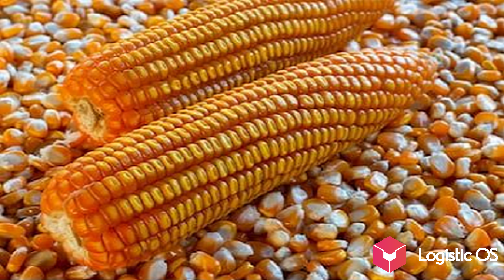Currently, there is a downward trend in the volume of grain exported from the territory of the Russian Federation, and this applies to almost all crops.
In the first 20 days of September, the volume of grain exports decreased by almost 19% compared to the same period last year.
In total, Russia exported about 4 million tons of grain abroad during these 20 days.
At the same time, grain supplies of different crops decreased to varying degrees.
For example, wheat exports fell by 11% and reached about 3.75 million tons.
Corn exports fell by half and amounted to 82 thousand tons.
Finally, barley exports fell the most, by 2.6 times, and are at a level of only 257 thousand tons.
Nevertheless, experts do not rule out that by the end of September, wheat exports will still have time to grow to 5.5 million tons, in which case the volume will almost equal the level of September last year, which is considered a record.
It is emphasized that 5.5 million tons is a possible level of Russian wheat exports taking into account the EAEU countries.
Which countries are buying Russian grain today?
Compared to last year, the number of such countries has noticeably decreased, which can be regarded as a negative trend. This was stated by Elena Tyurina, Director of the Analytical Department of the Russian Grain Union.
According to her, a year ago 46 countries bought Russian wheat, but now their number has decreased to 30.
In particular, Mexico, Indonesia, Sudan, and Pakistan are now excluded from the list of buyers of Russian wheat.
This is negative for exporters, because these countries purchased significant volumes of grain from the Russian Federation in the recent past, experts note.
At the same time, there are also countries that have begun to buy grain from Russia.
For example, this is Algeria, the volume of wheat shipments there has increased by 2.6 times since the beginning of September and reached a significant volume of 306 thousand tons.
Russia also managed to increase deliveries to Kenya by 1.7 times, to 186 thousand tons, and to the United Arab Emirates – by half, to 130 thousand tons.
Also, such countries as Nigeria and Syria are among the buyers of Russian wheat.
As for Turkey, this country has now introduced a ban on wheat imports.
As a result, Russia also reduced the volume of deliveries there by 70%, an exception was made only for 110 thousand tons that will pass through Turkey in transit.
The largest buyer of Russian wheat today is Egypt, it increased deliveries by 24%, to 1 million tons.
Tunisia is the leader in terms of purchases of Russian barley, and Iran is the leader in Russian corn.

